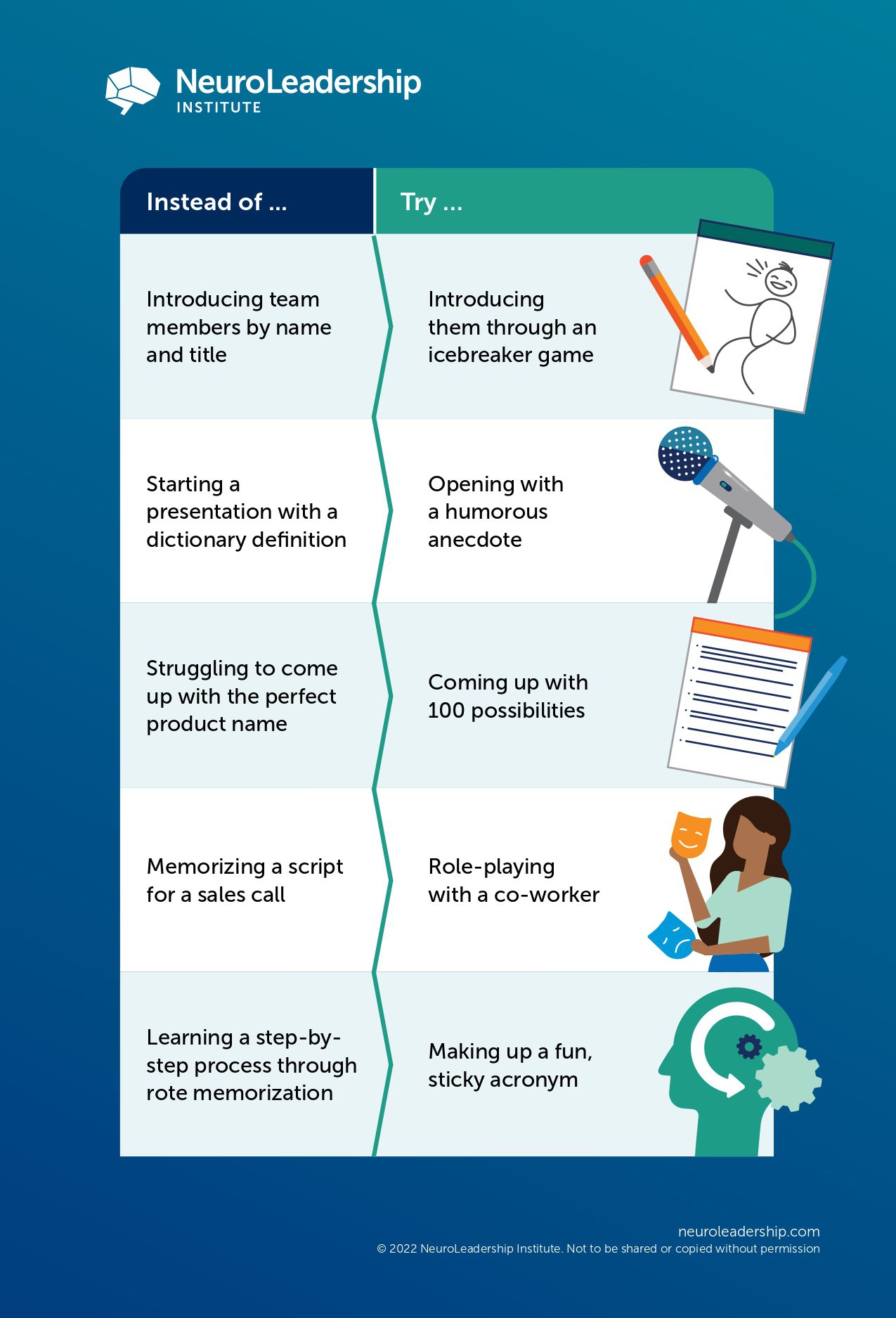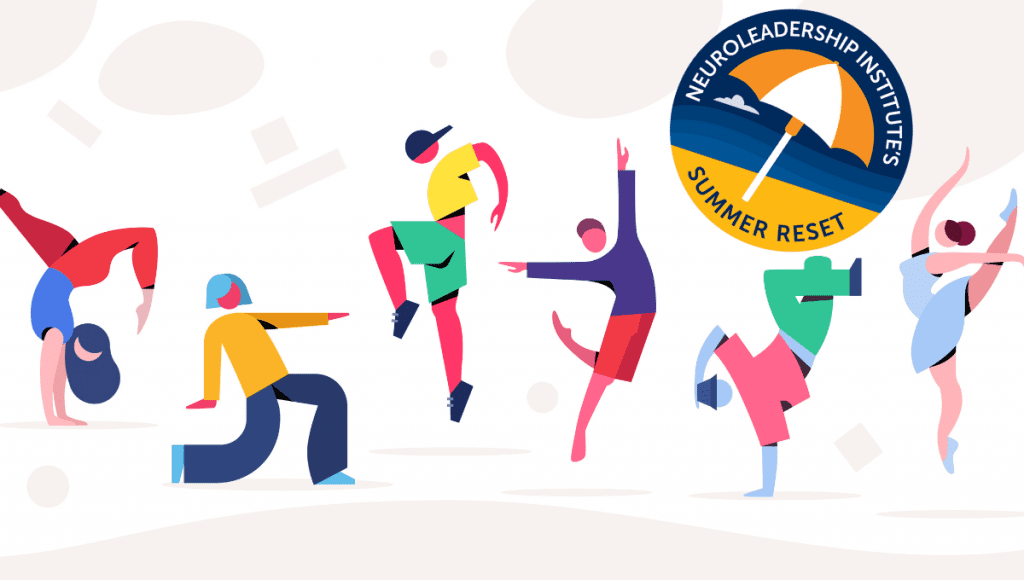One of the defining characteristics of children is that they play. They run around in circles, bang things together, and jump in puddles — not with any purpose in mind, but simply for the fun of it.
And that’s exactly how psychologists define play: as a self-directed, intrinsically-motivated activity with no purpose outside the activity itself. From hide-and-seek to Wordle, play is what we do just for the joy of it. If you’re practicing your scales for an upcoming piano recital, that’s not play. But if you’re picking out a tune just because you love it, it is.
In children, play is seen as normal and natural — and as a powerful way to learn. But as we grow up, we come to see play as unnecessary and even frivolous, faulting ourselves for, say, playing video games when we could be getting things done. At best, we see play as a permissible diversion — a self-indulgent reward for a long day’s work, or a way to relax and unwind before diving back into the fray.
But as it turns out, play isn’t just a way to let off steam and reduce stress. On the contrary, fitting playtime into your day is essential for working productively. Play is a basic emotional system, essential in both child development and adult creativity, and studies show it increases job satisfaction, creativity, and innovation.
More importantly, play prepares us to deal with the unexpected by broadening the breadth of experiences you have to draw from when meeting new challenges. It’s for this reason that play earns its place on The Healthy Mind Platter, the seven essential activities your brain needs every day to function at its best.
What separates play from real life is the lack of stakes. Play provides a safe environment to learn cognitive, motor, and social skills and make mistakes without serious consequences. When a soldier on the battlefield ducks to avoid enemy fire, it’s traumatizing because their life is on the line. But if you do the same movement in a game of dodgeball, you’re probably having a blast. Perhaps most fascinating is how our brains respond differently between those real-life scenarios and play. When toddlers chase each other around the yard, their brains activate a faux fear response. It’s a sort of simulated emergency. They run like their life depends on it, except instead of being terrified, they’re laughing and having the time of their lives.
Studies show that play triggers a gentler version of a threat state. As with a real emergency, the brain releases norepinephrine, mobilizing the body’s fight-or-flight response. But unlike the true threat state we enter in the presence of real danger, play does not trigger the release of cortisol.
The science of play
Like other basic drives such as eating food or having sex, play is inherently pleasurable. But why is it pleasurable? What evolutionary purpose does it serve?
The most plausible scientific explanation is that play teaches us how to deal with the unexpected. The world is unpredictable, and to survive, we need to develop novel social and motor responses to adapt to new situations. Play is a way of experimenting with various combinations to see what works and developing flexible behavioral responses to unexpected events.
In a study of otters, for example, researchers rewarded the mammals with food when they swam through a hoop. Soon the otters began playing around, trying different variations and assessing the result. They swam backward; they swam through the opposite way; they swam halfway through and then stopped. After each variation, they waited to see if they’d get a reward. “The otters were testing the system,” explains Stuart Brown, founder of the National Institute for Play. “They were learning the rules of the game, the rules that govern their world.”
It’s for that same reason that humans engage in play — as a way of experimenting and developing flexible behavioral responses to unexpected events. But we also play because it’s fundamentally social; it’s one of the best ways to connect with another person because our brains sync up, a state known as neural synchrony.
Take flirting. On a first date, you could ask your companion where they’re from and if they have brothers or sisters. But things may go better if you build your own banter — say, trying to guess where they’re from and how many siblings they have via a game of 20 questions.
While you may not want to play 20 questions with a colleague, there’s no reason that play can’t be woven into work. Here’s how.
Problem solve with play
Researchers have long observed that when you get stuck on a complex problem, trying to tackle it with brute force isn’t very effective. A better approach is to give yourself some downtime — take a shower or go for a walk and let your mind wander. But another way to create distance from the problem is to play. Taking five minutes to play air hockey, for example, is far from a waste of time. Rather, it can be a powerful way to shift your perspective and create the conditions for insight to occur.
As a path to insight, play breaks work best when they’re not too mentally taxing. In an intense improv exercise that occupies all your energy and attention, you’re unlikely to come up with a new strategy for your sales team or think of a new way to begin a presentation. Insights are more likely to come when play activity is engrossing but not all-encompassing; for example, shooting baskets or playing catch with your colleagues.
Get competitive
Even the most mundane tasks can be fun when you throw in a little friendly competition. Exercising to lose weight can be a slog, but if you get the same workout playing volleyball, suddenly you’re having fun. Try a similar approach at work. If your team is struggling to name a new product, instead of just having a discussion to solicit ideas, you might use parallel processing to see who can come up with the most ideas in 60 seconds or give a prize for the funniest, most attention-grabbing name. By injecting an element of competition, you won’t just come up with better ideas, you’ll also make work fun.
Make it silly
If you’re trying to memorize a presentation or a set of facts, you could use rote repetition. But if you instead turn it into a song or draw silly pictures next to each bullet, you’ll have more fun and probably remember it better as well.
That’s what people don’t understand about play: it doesn’t have to be time away from work. Any activity can be fun simply by making it playful.
In the end, play is the ultimate expression of embracing a growth mindset because it gives you permission to experiment, adapt, and generate new possibilities. So while we’re not advocating for employees to run around in circles or jump in muddy puddles, bringing a playful approach to a task or team meeting will not only make work more fun but also increase creativity and innovation.
We’re not born understanding how the world works. Play is how we figure it out.







